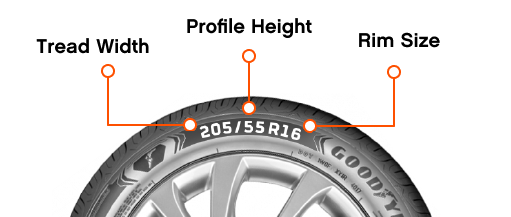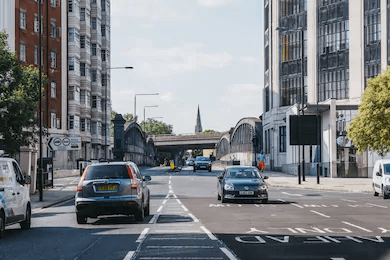Complete 3 steps to buy & book online


How to jump start a car
If you can’t start your car, the culprit could be a flat battery. Flat batteries can be caused by a number of things, such as cold weather, accidentally leaving your lights on, or an old battery. In any case, knowing how to jump start your car is an important skill, even if only to get it running long enough to take it to your nearest mechanic. You should also always keep a set of jumper cables in your boot - you never know when your battery might die!
Safety precautions
Before attempting to jump start your vehicle, make sure you adhere to these safety precautions:
● Switch off the ignition in both vehicles
● Ensure both vehicles are in neutral or park, and put the handbrake on
● Be very careful when working around the battery, as battery acid is highly corrosive
● Only run the engine in a well-ventilated area
● Don't leave either engine running unattended
Tips for a successful jump start
To give yourself the highest chance of success:
● Make sure the working battery in the other vehicle has the same or a higher voltage as your battery
● Turn off the lights, stereo and any other electrical components in both vehicles to avoid putting extra strain on the batteries
Steps for jump starting your car
Position the vehicle safely
Position the running vehicle so that you’ll be able to run the jumper cables from one vehicle’s battery (or jump start terminals) to the other. This could be side to side or bonnet to bonnet depending on the space available and the location of your battery. Make sure the vehicles are close but not touching.
Turn off the ignition in both cars and place them both in park, with the handbrake on.
Open up the bonnet of both vehicles (or wherever your battery is located)
Connect the red leads
Take your jumper leads and attach the red clips to the positive terminal of your battery - the terminal will have “POS” or “+” on it, and may be bigger in size than the negative terminal
Attach the other red clip to the positive terminal of the other car
Connect the black leads
Attach one of the black clips to the negative terminal on the other car (the working car)
Attach the final black clip to the unpainted metal surface or engine block on your car. This is called an “earth point” - it acts as the conductor between the negative and positive terminals
Precaution: do not attach the black cable to the negative terminal on your vehicle, as this could cause a spark!
Try to jump start the car
Start the ignition on the car that’s working and let the engine run for a few minutes
After a few minutes, try to start your own vehicle. If your vehicle won’t start, run the engine on the working car for another five minutes, before trying again
Disconnect the leads and recharge your battery
10. If your engine starts, don’t switch it off. Disconnect the leads in the same order as you connected them
11. Make sure to drive the vehicle for at least 30 minutes after the jump start to recharge the battery
What to do if you can’t jump start your car
If you can’t get your car to jump start, it could mean your battery is completely dead or damaged and will need to be replaced entirely. It could also be a sign of another electrical or mechanical problem, such as an issue with your starter or alternator.
If your car won’t start, you’ll need to call roadside assistance. They’ll be able to diagnose the problem and/or organise a tow truck to tow your vehicle to the nearest mechanic.
Need help?
Our team of tyre experts is ready to assist you in finding the perfect tyres for your vehicle. Give us a call today at 13 23 81 to receive personalised guidance and recommendations.
Alternatively, you can visit our website to locate the nearest store and explore our wide range of tyres.




